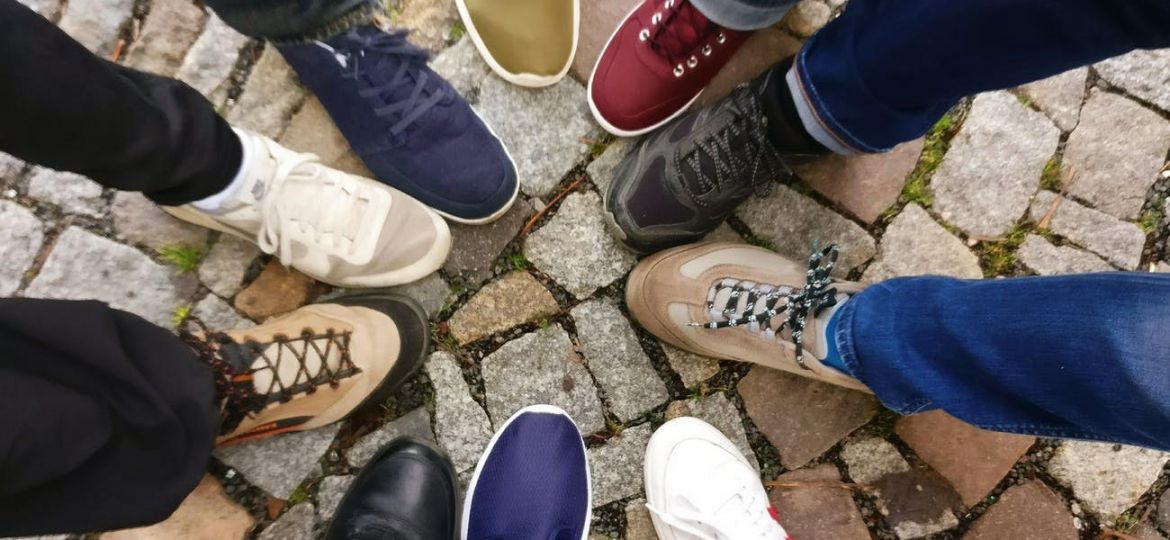
Many of you have probably seen the library’s new décor: those posters that greet you as you walk through the building. Their message is simple. “All are welcome here,” they say. And I will admit, when my friends and I went exploring our first few days on campus, I smiled at the posters. They make me feel better about the place I am in – about St. Olaf as an institution. They make me feel like it is a place that cares about its students and works hard to provide an inclusive and safe community.
But is it?
Full disclosure, I have been on campus for approximately one month. My head is crammed with the names of student support centers and inclusivity programs whose purposes I can only half remember. I am utterly unprepared to tackle the issue of inclusivity at St. Olaf, so I will not try to. But I can look at this one feature of our school’s identity.
Now, I would love to be able to tell you – and myself – that these posters reflect a genuine, cohesive effort to be inclusive and provide a welcoming community for all. But I just do not know. They send a message to faculty, staff, donors, parents, alumni and students both current and prospective, that much is undeniable. The question we must ask is, are there actions to back up those words?
One possibility is that these posters are no more than “slacktivism” or “armchair activism.” This form of activism is superficial. It makes people in power feel good about themselves without having to do any real work. It is very easy to cover the campus and library in sleek posters full of rainbow colors and affirming words. It is even easier to promise something as broad and immeasurable as “welcome.” Action, though? That is not nearly as easy.
The success of this “all are welcome” campaign depends on the actions of the St. Olaf community. As students, we have a role to play. Individual professors, administrators, staff members and other employees do too. Now, to me, the intent behind the posters feels genuine. I am hopeful that this work will get done. But that may not be the case for everybody. At the end of the day, that’s what we all have to remember. Inclusivity – the very word “welcome” – looks different to different people.
To that end, I won’t sit here and try to tell you how to make St. Olaf more inclusive for everyone. Of course, a large portion of that work must come from policies that uphold the promise of inclusivity, and I don’t have that kind of power. I also recognize my own privilege in this situation; I am not positioned to evaluate whether our campus meets the needs of the people around me, because their needs are not necessarily my needs. So yeah, the posters feel genuine to me. I’m one individual.
A truly welcoming community is a noble, if lofty, goal. It will not be easy to achieve. I believe that for the words on these posters to ring true, we all must put in the time, effort and money. Is that going to happen? Is it happening already? Honestly, I do not know. I am willing to give my school, my newfound home, the benefit of the doubt. I do not think they are an empty gesture. But only time and action will tell.
We welcome people of every race. Ethnicity. Sexual orientation. Religion. Gender identity and expression. Nationality. Political Affiliation. Gender. Socio-economic status. Age and ability. All are welcome here, St. Olaf says.
I think we need to prove it.
Grace Klinefelter ’23 is from Omaha, Neb. Her major is undecided.

